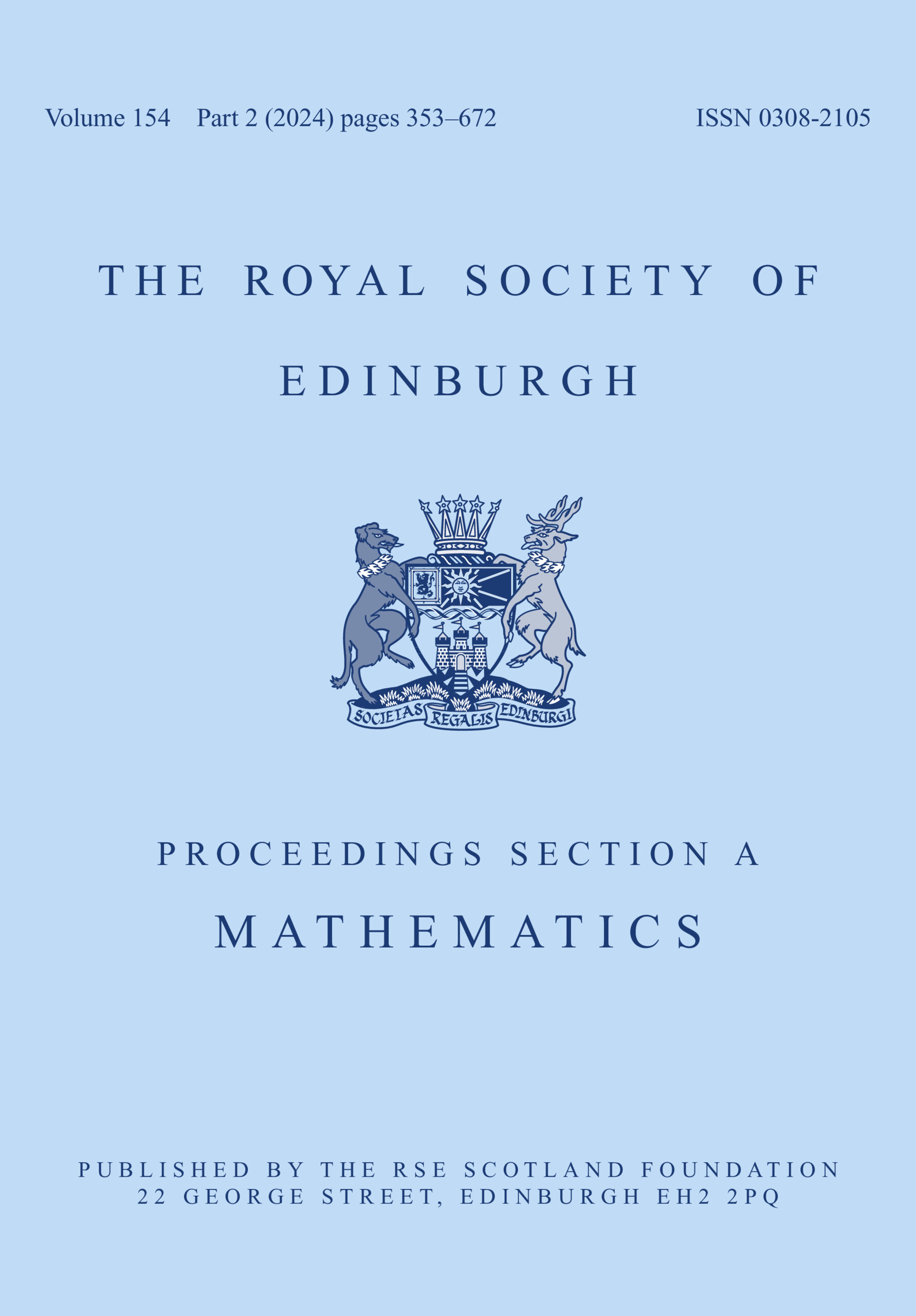No CrossRef data available.
Article contents
Truncated Jacobi triple product series II: Li, Lin, and Wang’s nonnegativity conjecture
Published online by Cambridge University Press: 19 June 2025
Abstract
The investigation of truncated theta series was popularized by Andrews and Merca. In this article, we establish an explicit expression with nonnegative coefficients for the bivariate truncated Jacobi triple product series: \begin{equation*}\frac{1}{(z,q/z,q;q)_\infty}\sum_{n=0}^{m}(-1)^n(1-z^{n+1})(1-(q/z)^{n+1})q^{\binom{n+1}{2}},\end{equation*}
\begin{equation*}\frac{1}{(z,q/z,q;q)_\infty}\sum_{n=0}^{m}(-1)^n(1-z^{n+1})(1-(q/z)^{n+1})q^{\binom{n+1}{2}},\end{equation*}
which can be regarded as a companion to Wang and Yee’s truncation of the triple product identity. As applications, our result confirms a conjecture of Li, Lin, and Wang and implies a family of linear inequalities for a bi-parametric partition function. We also work on another truncated triple product series arising from the work of Xia, Yee, and Zhao and derive similar nonnegativity results and linear inequalities.
Keywords
Information
- Type
- Research Article
- Information
- Copyright
- © The Author(s), 2025. Published by Cambridge University Press on behalf of The Royal Society of Edinburgh


